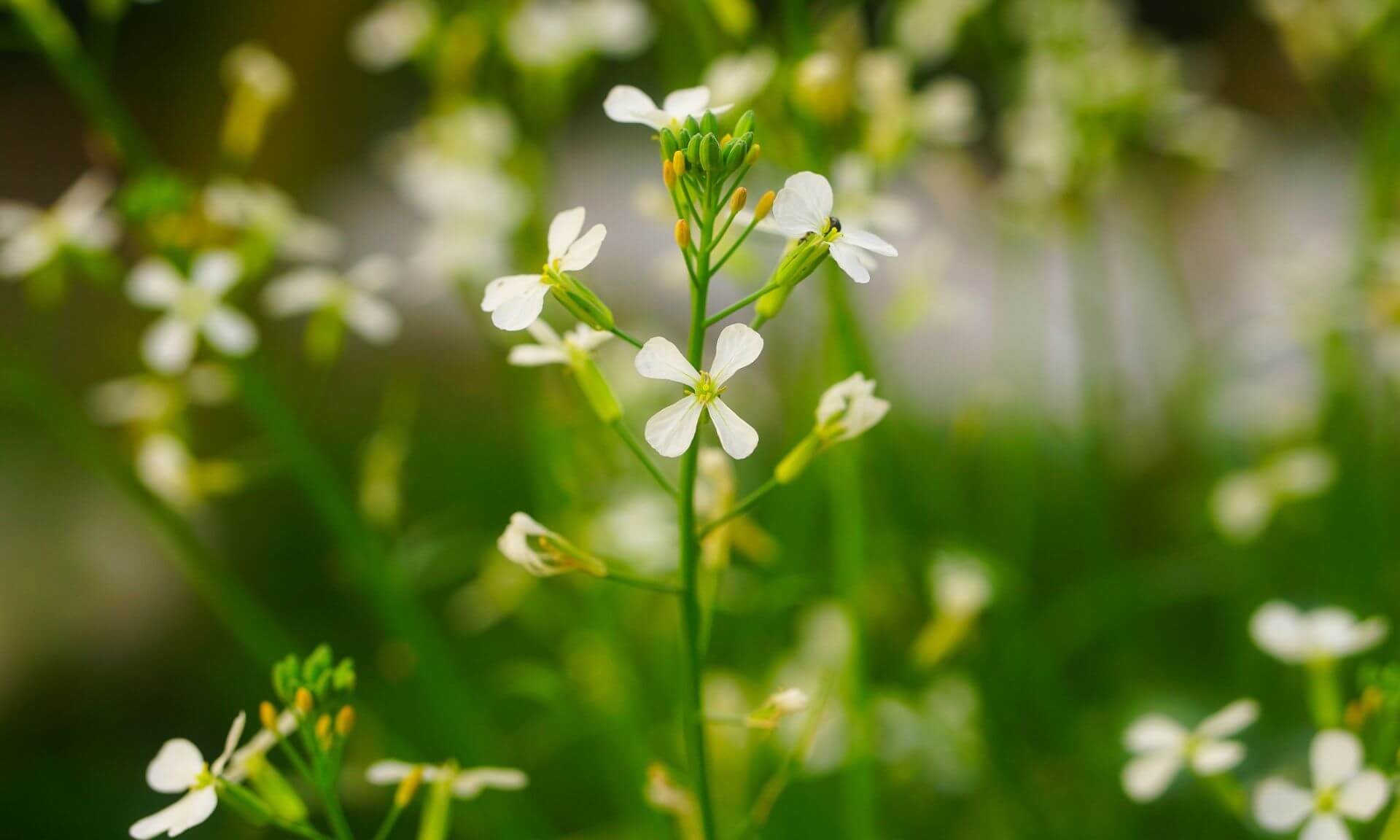Plastics are everywhere. They’re in water bottles, food packaging, kitchen utensils, garden chairs, bicycle helmets, toothbrushes, subway benches. But their incredible versatility and durability come at a heavycost: plastic takes hundreds of years to degrade and, in the process, it breaks down into microscopic particles that contaminate waterways, soil and our food supply.
Scientists are exploring various methods for breaking down these resilient materials, including artificial enzymes, microorganism-based recycling processes and, more recently, the natural ability of insects to ingest plastics, or “entomoremediation.”
One promising candidate for entomoremediation is the mealworm (the larvae of the beetle Tenebrio molitor), which is already widely used as a protein source for livestock and pets.
While we know the mealworm is capable of degrading and metabolizing plastic, we don’t know exactly what happens to the plastic after it passes through its digestive system.
For example, is the plastic completely degraded or is it broken down into finer particles, microplastics, that are even more harmful? And how does consuming plastic affect the mealworm’s health?
Université de Montréal doctoral student Chloé Rosa-Teijeiro is trying to answer these questions, under the supervision of Marie-Odile Benoit-Biancamano and Fanny Renois, professors in the Faculty of Veterinary Medicine.
![[Translate to English:] [Translate to English:]](/public/nouvelles/_processed_/6/b/csm_Tenebrio_molitor_ac054754b1.jpg)




